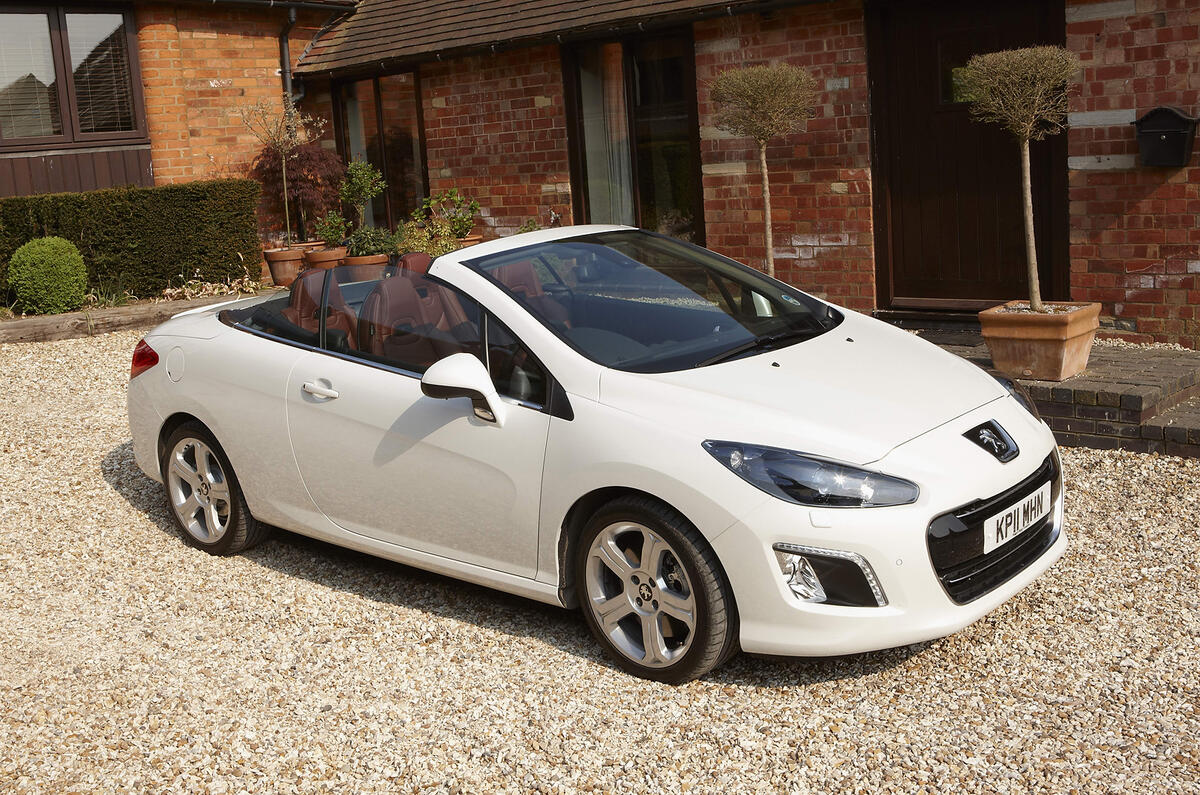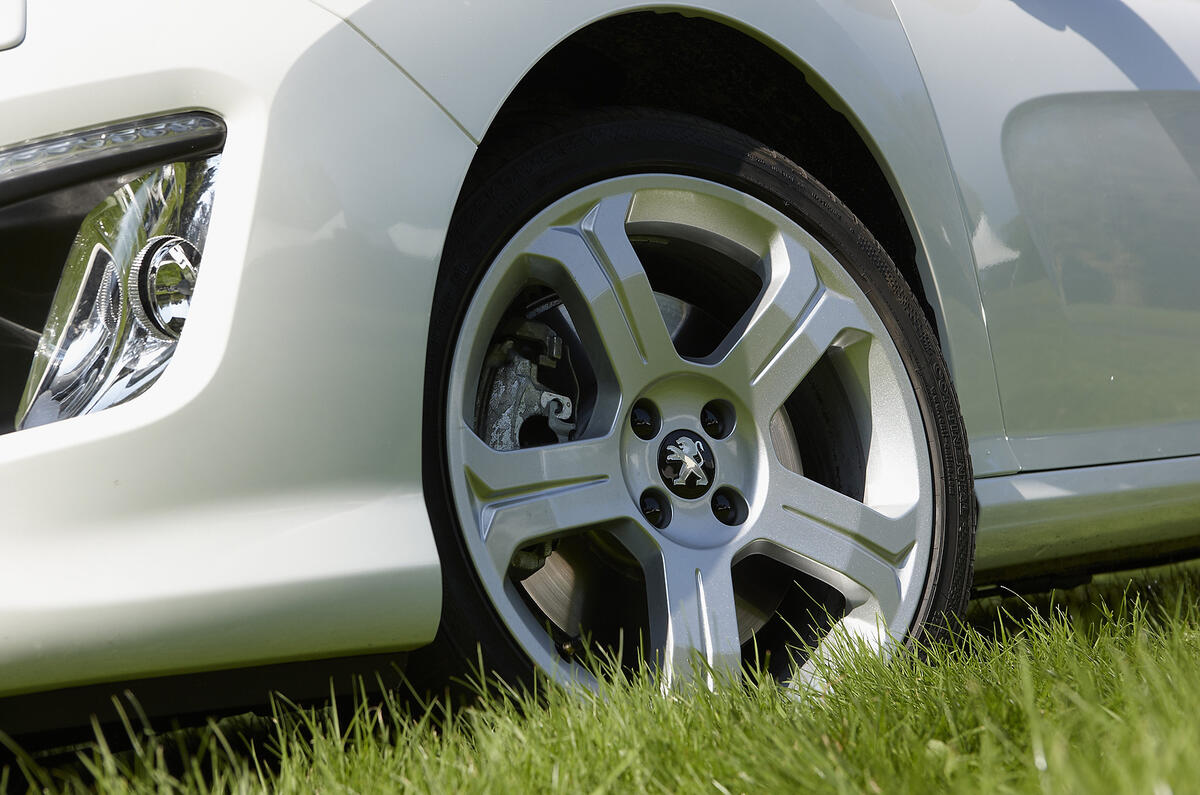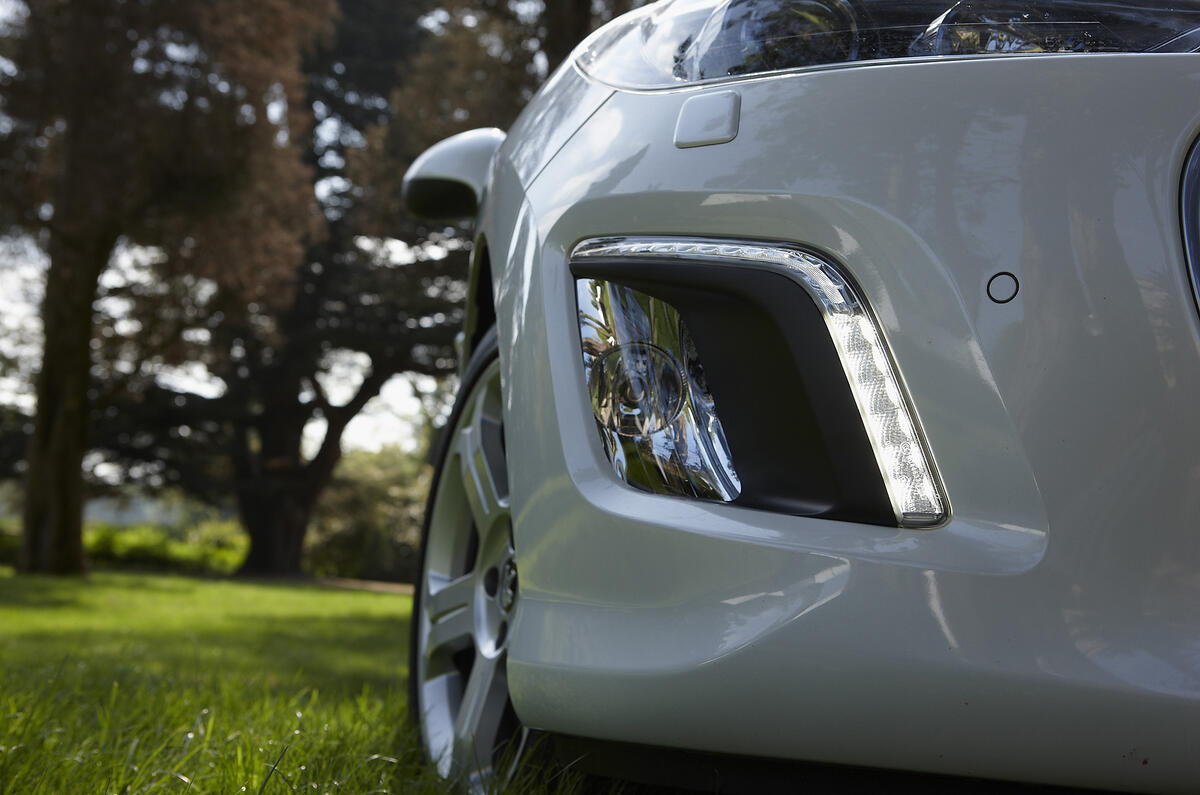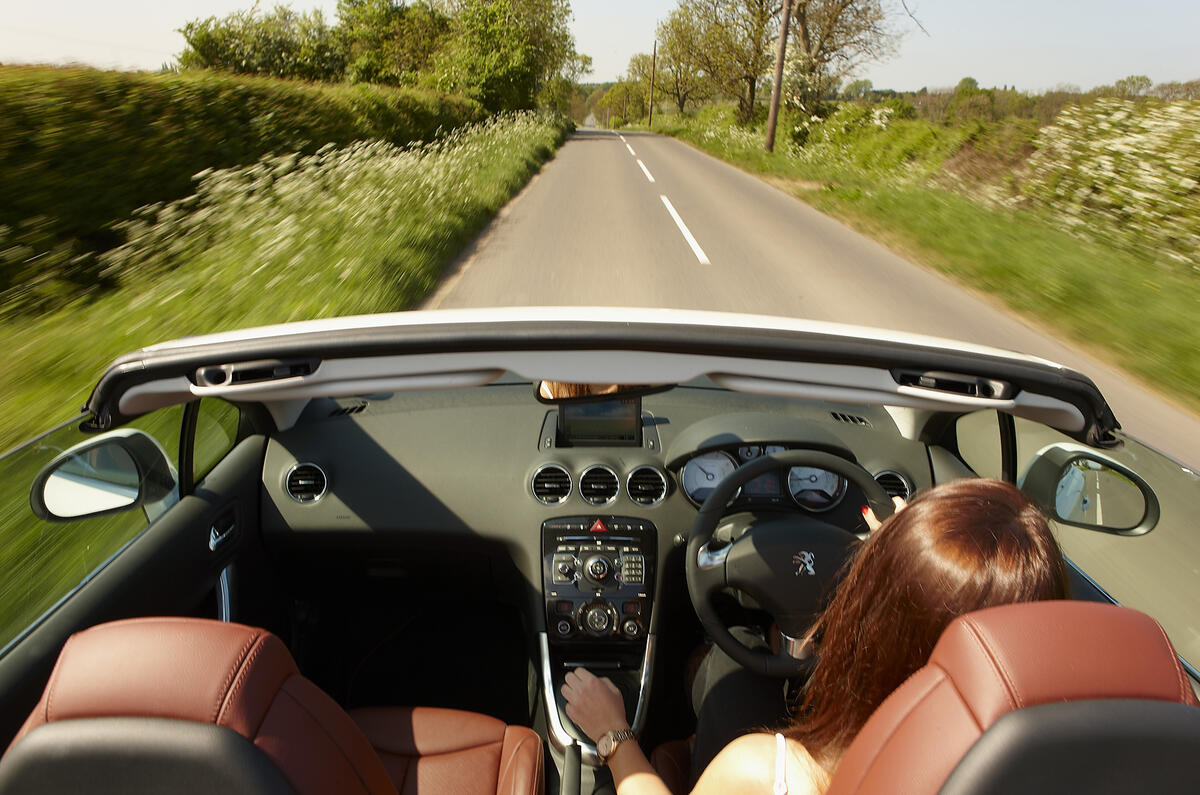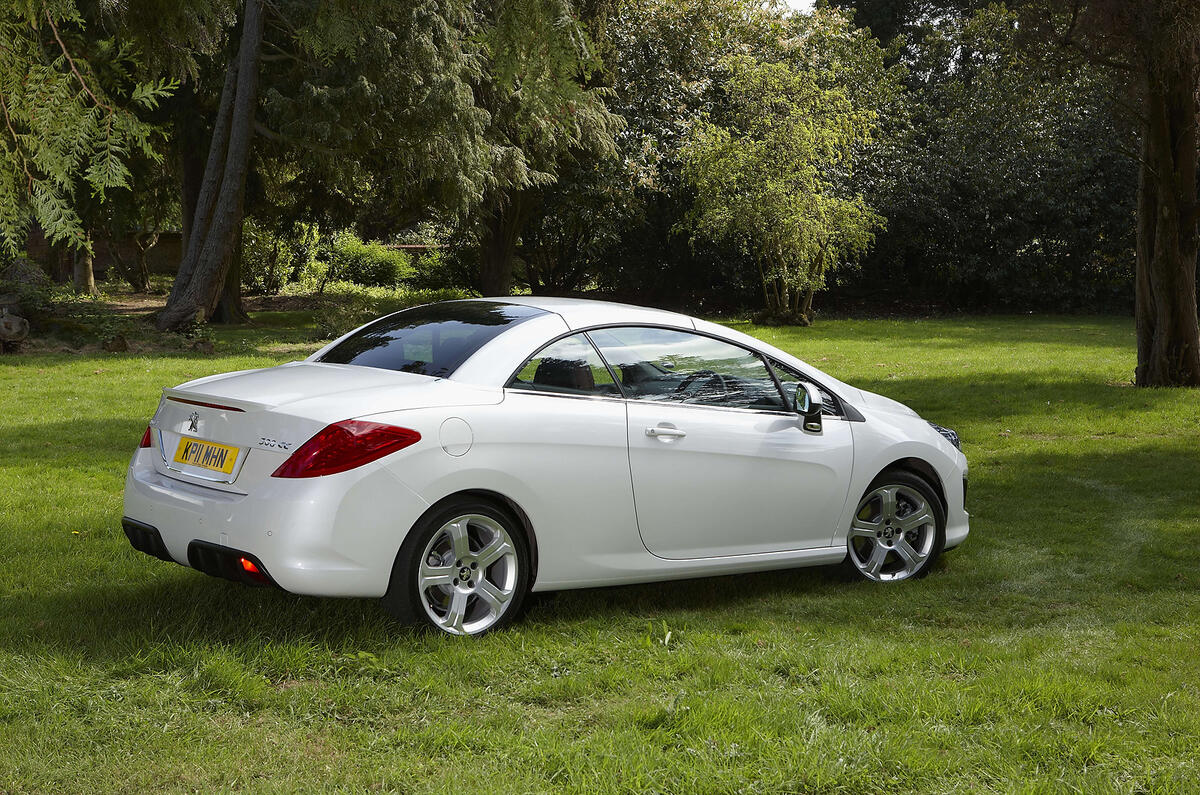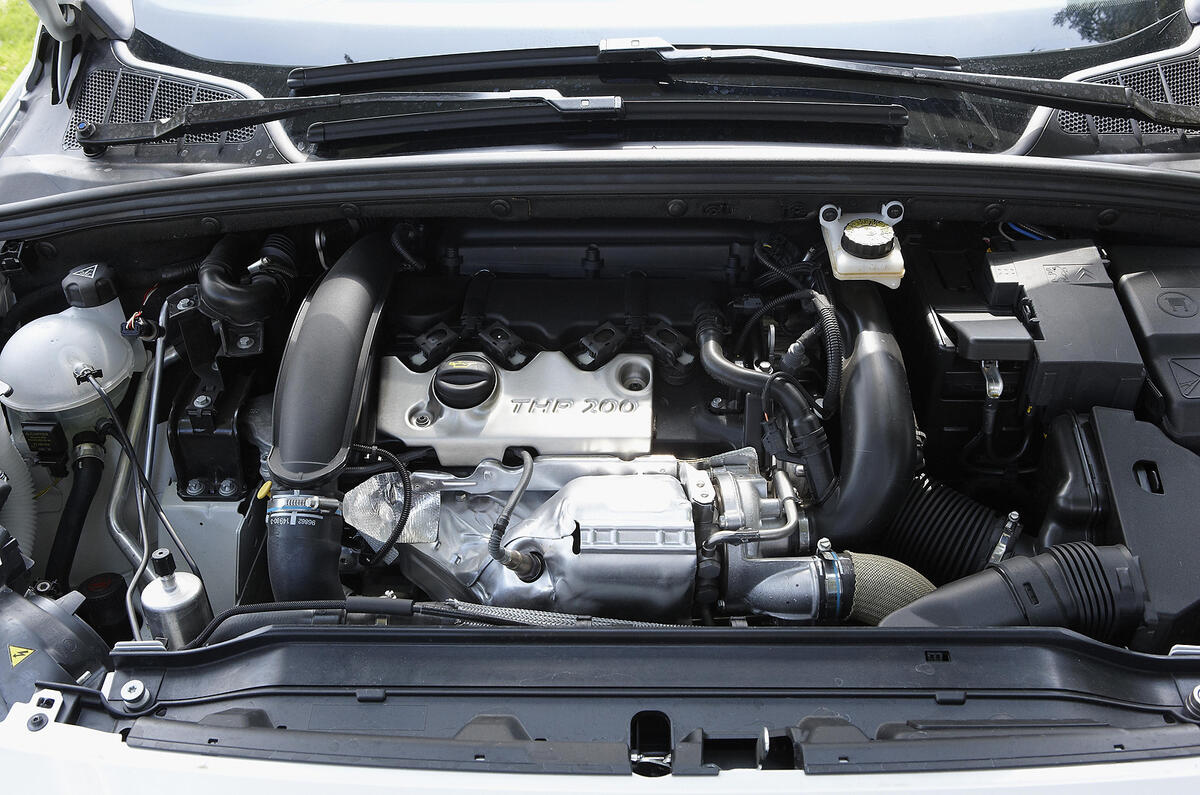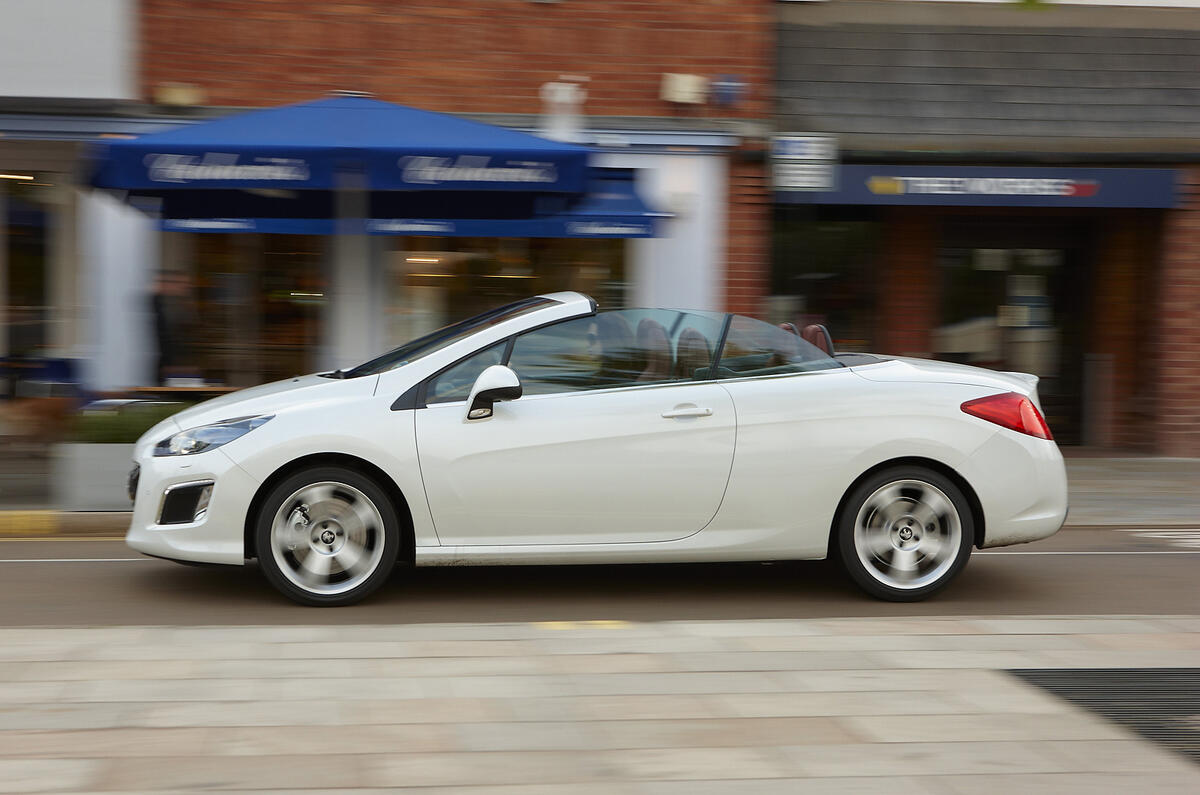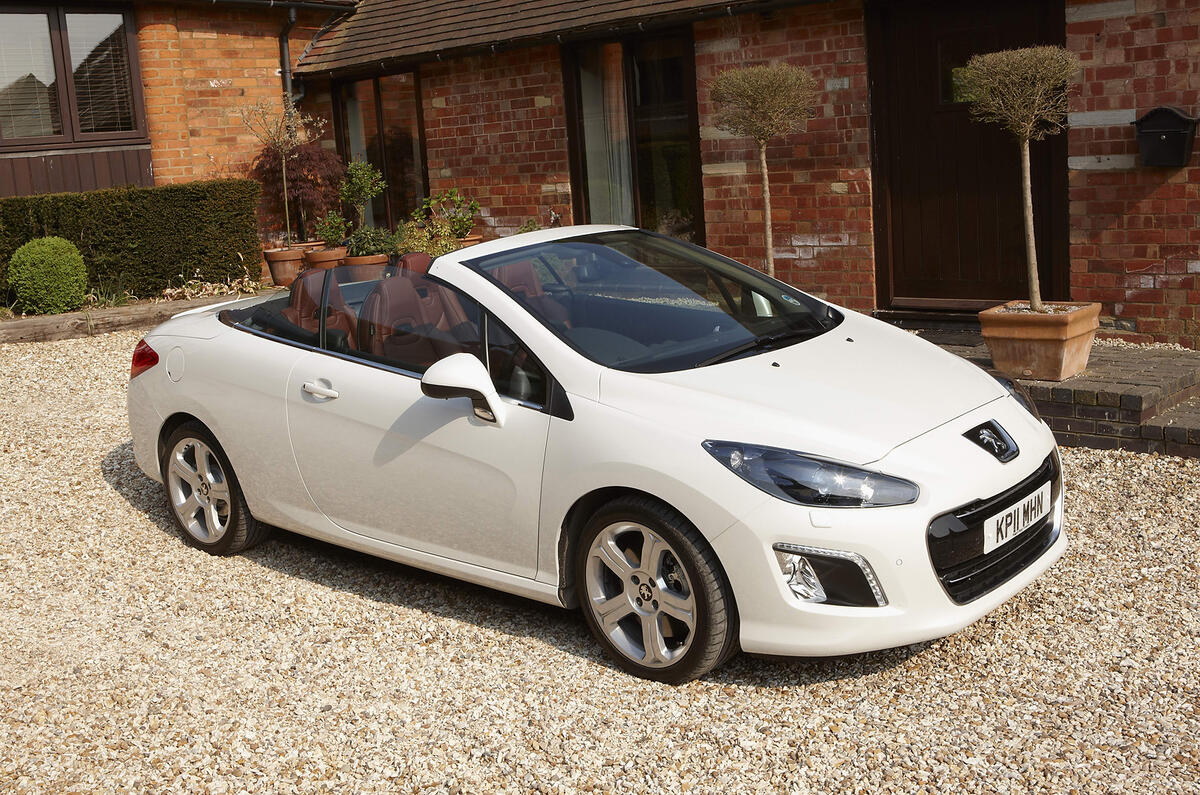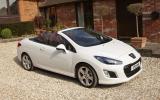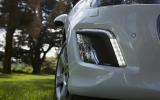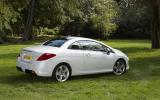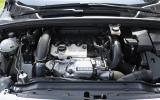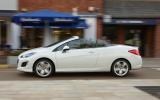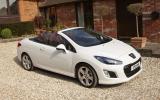Peugeot makes more coupé-cabriolets than anyone else, and is by far the most successful manufacturer of the breed with a quarter of the European market. It has a long history in making them. This certainly heritage bodes well for the 308 CC. There were coupé-cabriolet Peugeots before the second world war, even; the 401, 601 and 602 Eclipse models pioneered the format in the 1930s. Advanced as they were, the Eclipses were expensive, low-volume models, however: the company’s post-war coupé-cabriolets have been built in far larger numbers.
However, the original year 2000 206 CC nearly didn’t happen at all. The company was concerned that this complicated, relatively high-cost small car would not sell in enough volume to turn a profit. Spurred on by the success of the 1996 Mercedes SLK though, which proved the readiness of the European market to buy retractable hardtop convertibles again, Peugeot took the risk – and was duly rewarded with the generous spoils so often earned by those first to a new market niche.
Not that the original 206 and 307 CC were flawless; patchy roof reliability, floppy bodies and compromised packaging undermined their functionality, but not enough to prevent them from gathering a following strong enough, even, to translate into particularly laudable secondhand values.
Peugeot has since worked hard to purge the 207 CC of its predecessor’s shortcomings, and with some success. The question here is whether it has repeated the feat with the 308 CC, the larger C-segment convertible offered up against Renault’s Megane CC and VW’s Eos.


